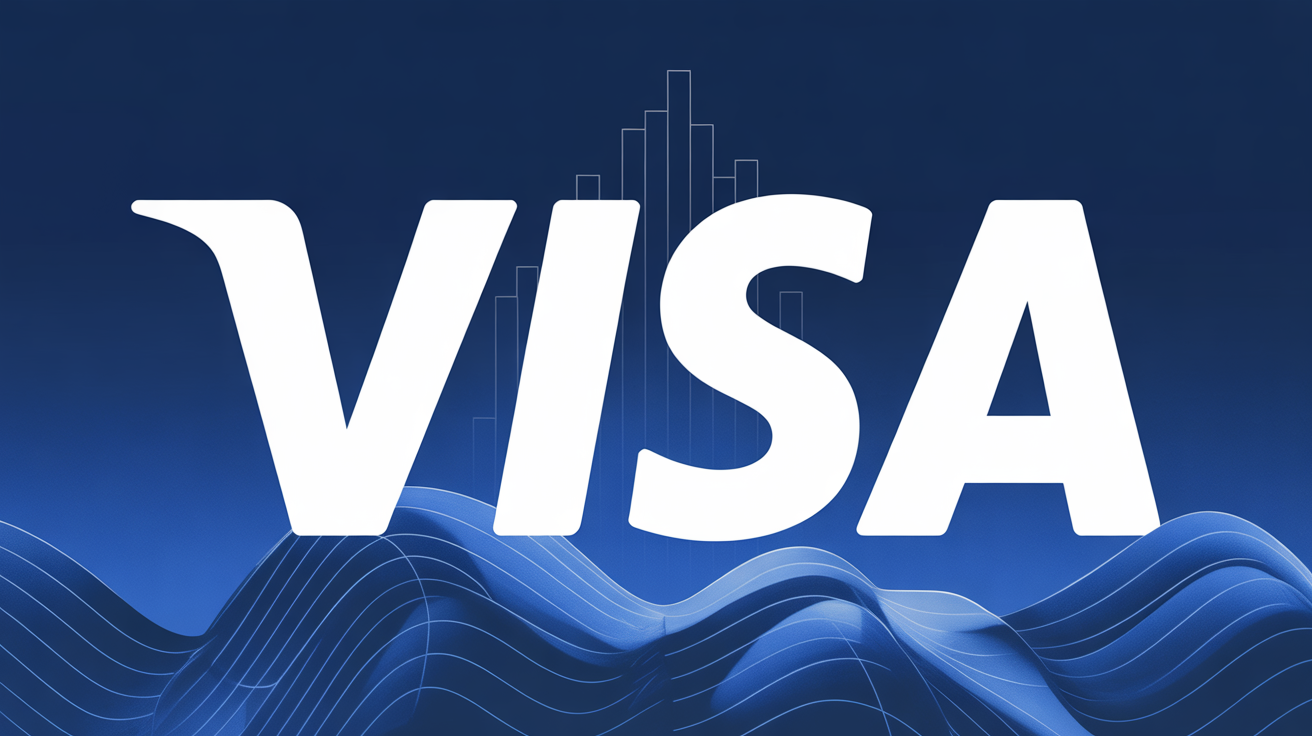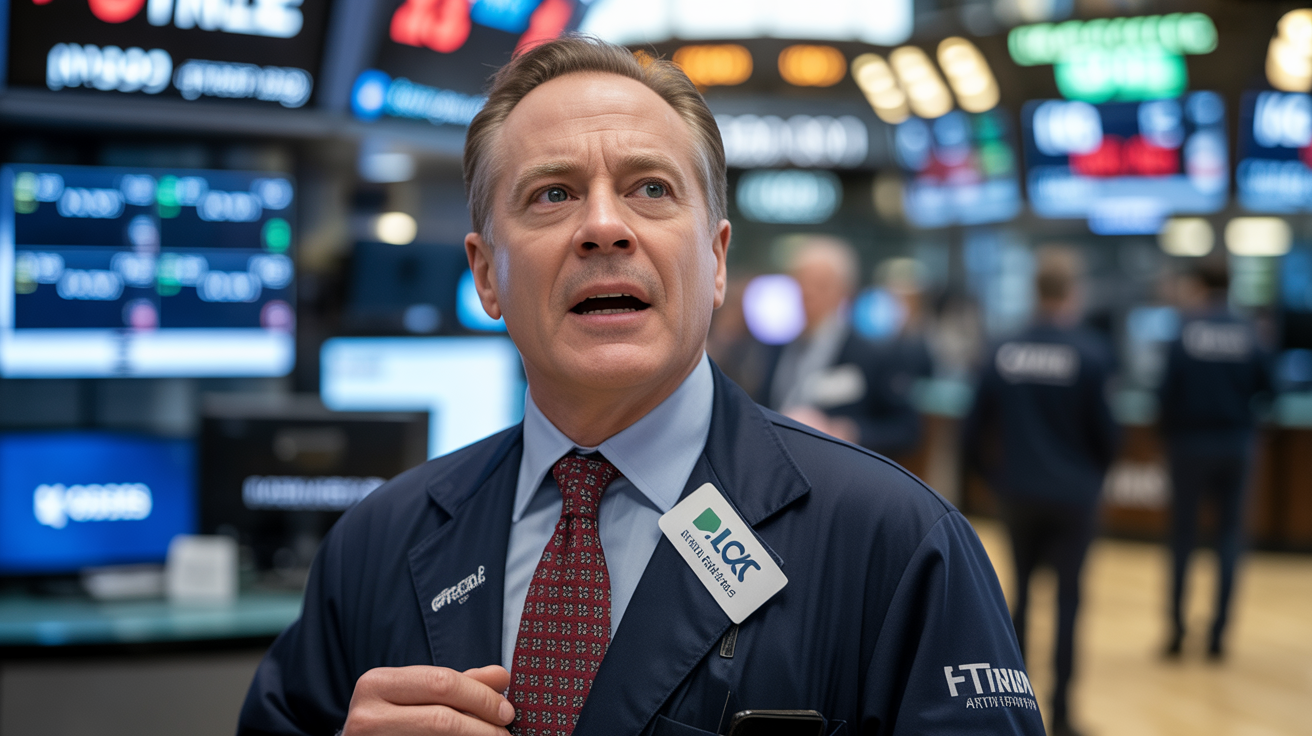
Visa Rebrands DeFi as “Onchain Finance,” Targets $670B Stablecoin Lending Market
Visa, the world’s largest payments network, is repositioning itself at the center of a new frontier in digital credit — one it’s now calling onchain finance.
In a new report titled “Stablecoins Beyond Payments: The Onchain Lending Opportunity,” Visa lays out its vision for how banks and private credit funds could participate in decentralized lending markets — with Visa itself serving as the data, compliance, and infrastructure layer.
The company, which processed nearly $16 trillion in payments through its network last year, believes the same model can be applied to decentralized credit. By providing familiar rails and regulatory-grade infrastructure, Visa hopes to make the emerging onchain lending ecosystem more accessible to institutional capital.
The report notes that since 2020, more than $670 billion in stablecoin-based loans have been originated across decentralized protocols, a figure that reached record highs in mid-2025. Visa argues that this scale shows stablecoins have evolved far beyond trading utilities to become the foundation of automated, always-on credit markets.
The whitepaper highlights three key case studies where stablecoin lending already operates at scale:
- Morpho, a liquidity meta-layer, connects institutional wallets and exchanges such as Coinbase, Ledger, and Bitpanda, enabling borrowers to post tokenized bitcoin as collateral for USDC loans.
- Credit Coop, a Visa partner, uses smart contracts to split and redirect merchant receivables.
- Huma Finance supports cross-border working capital loans, automating supplier payments and recycling liquidity to generate double-digit annual yields.
Rather than issuing tokens or underwriting loans directly, Visa envisions its role as a neutral technology provider — offering APIs, analytics, and settlement infrastructure that enable traditional finance (TradFi) players to tap programmable lending markets without assuming counterparty risk.
The terminology shift from DeFi to onchain finance is no accident. It’s part of Visa’s broader strategy to align blockchain-based credit with regulated institutional frameworks, especially as policymakers roll out legislation such as the GENIUS Act.
Just as Visa once built the global rails for card payments, it now aims to construct the infrastructure connecting banks, asset managers, and crypto-native protocols in the era of programmable finance.





















